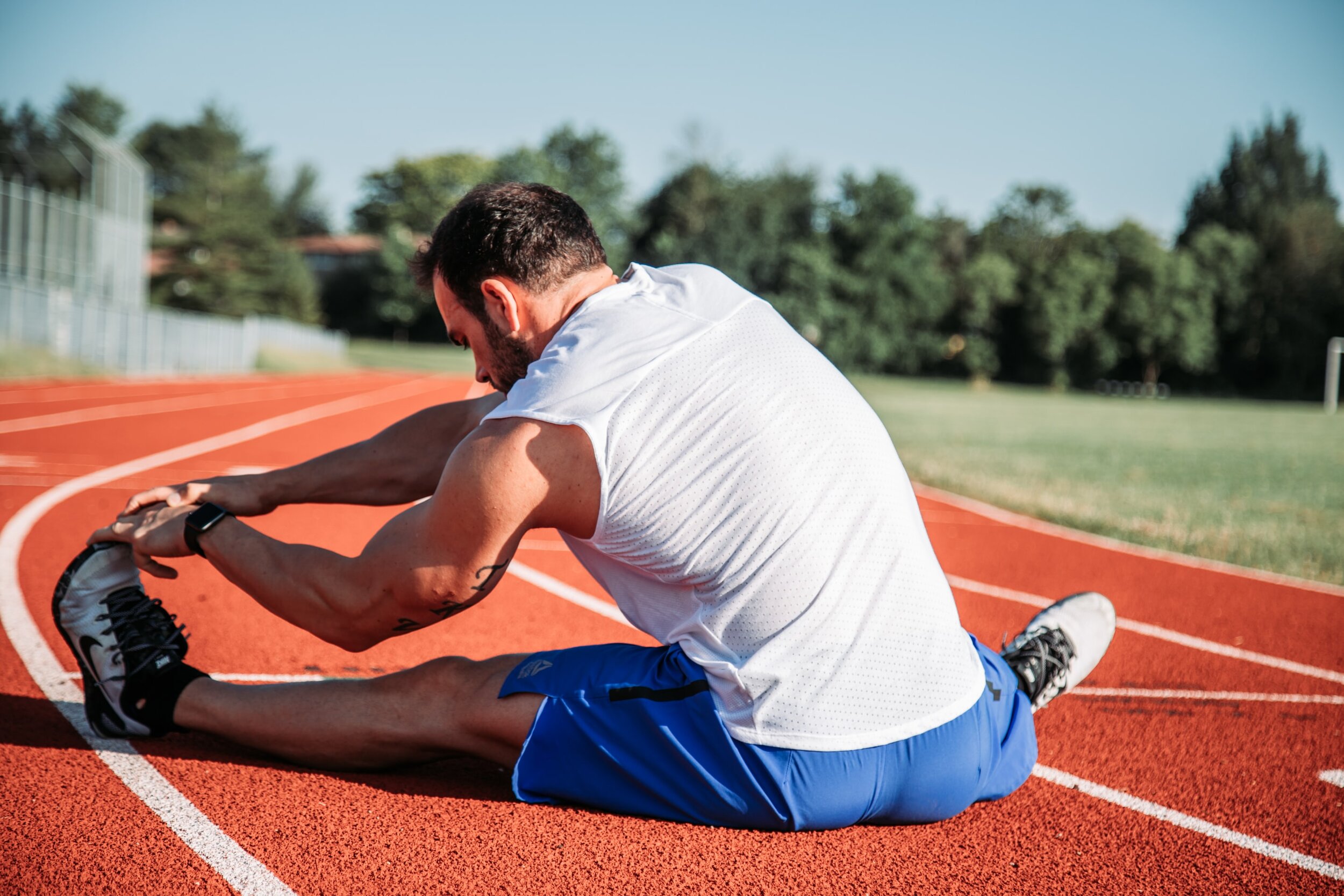Iliotibial Band Pain: Understand the Causes and How to Prevent It
People who exercise regularly, particularly runners, are prone to experience pain in the outer part of the knee. When this occurs, the iliotibial band (also known as the IT band or ITB) may be the cause.
An injury to the iliotibial band can disrupt daily activities and sleep. The more you know about prevention and the cause of your injury, the better you’ll be able to avoid another episode.
The iliotibial band is a broad and thick tissue that runs along the outside of the thigh. It is a passive stabilizer of the hip and is the attachment point for multiple muscles. Due to improper mechanics, the iliotibial band can become overly stressed and lead to inflammation, irritation or other IT band pain. This typically occurs at the lateral knee or hip, but can occur anywhere along its path.
Common causes of IT band pain
IT band pain can be complex. When considering the causes it may be helpful to break it up by internal and external factors. There is typically more than one thing at play so a thorough assessment is key to starting a successful recovery:
Internal factors: Poor flexibility in the hip or thigh, weak gluteal musculature, tightness in the iliotibial band or poor mechanics with running and/or lifting.
External factors: Improper footwear, improper orthotics, change in training intensity, change in training surface or a sudden increase in activity.
Common iliotibial band conditions
Trochanteric bursitis: This is often caused by increased rubbing of the iliotibial band over the bursa on the outside of the hip. Pain with this diagnosis can travel the length of the ITB and even down into the lower leg/calf. This can be caused by overuse or from a traumatic fall landing on the outside of the hip. Rest, stretching and activity modification are key initial interventions to relieving the symptoms.
IT band syndrome: This is a common injury in runners, but it can plague anyone. Pain is increased by the wearing and rubbing of the ITB over the bony parts of the leg bones. Running and lifting mechanics are often poor and need to be addressed to decrease risk of pain returning.
Knee or hip pain: Sometimes the pain can be vague and unclear, and manifest itself as general pain on the outside of the hip or knee. This is often an overuse injury that starts slowly, but it can build to a debilitating level. Other factors listed above may be impacting mobility and symptoms.
Lumbar spine radiculopathy: When pain in the iliotibial band coming from the low back, this is known as radiculopathy. This may be difficult to tell apart from the other conditions above, but is often accompanied by numbness/tingling.
Prevent and treat IT band pain
Reduce inflammation: Rest, use of ice and anti-inflammatory medication.
Stretch: The Iliotibial band does not stretch, but the muscles around it do. So make sure to stretch your quads, hamstrings and glutes daily.
Monitor your body's response: When increasing your activity level, start with small increments and pay attention to how your body responds 1-2 days after the activity. You may need to rest or avoid activities causing symptoms.
Soft tissue mobilization/massage: To help loosen up a tight ITB you may want to try using a foam roller or lacrosse ball.
If you suffer from persistent IT band pain, physical therapy also may help. Physical therapy offers a variety of treatment options, including strengthening, stretching and sustainable home exercise programs. During rehabilitation, your physical therapist will focus on:
Balance muscles: Improving the strength of your hip muscles will help to decrease the amount of stress and balance the pull on your ITB.
Pain origin: The iliotibial band crosses both the hip and the knee, and it can cause pain anywhere along the outer thigh. A physical therapist can help to pinpoint the sources of the pain.
Improving overall function: When IT band pain is caused by an imbalance somewhere else in the body, proper treatment to the foot, ankle, knee, hip and core may be needed to aid recovery.

